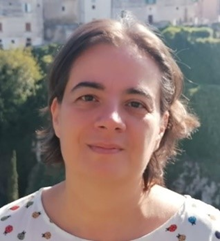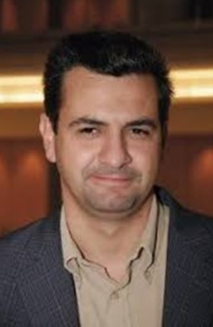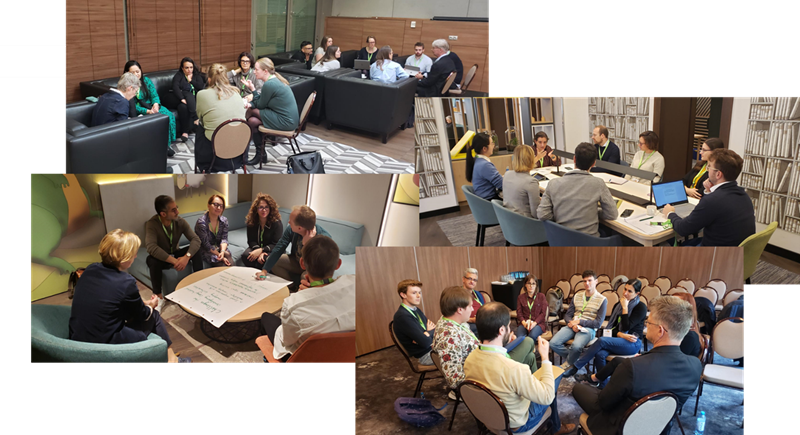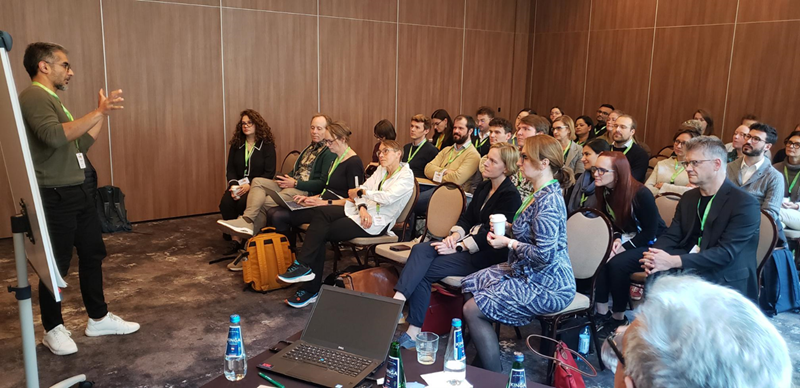Report on the 2024 ESTRO Physics Workshop
18-19 October 2024 I Krakov, Poland

Two days, 41 participants from 18 countries across three continents, and six engaging discussion sessions—these were the numbers behind the “imaging biomarker” track at the ESTRO 2024 physics workshop. The atmosphere was vibrant, fuelled by enthusiasm and collaborative spirit. Participants worked together to tackle complex challenges and they laid the foundation for ongoing efforts. With a shared commitment to progress, group members are set to continue collaboration in the near future and to transform workshop discussions into concrete advancements.
We started from the (trivial) observation that patients do not all respond in the same way to radiation treatment, and early assessment of response would be an important component of the sought-after “silver bullet” to alter the treatment “on-the-fly” to optimise treatment outcomes (maximising benefits and minimising toxicities). The widespread enthusiasm around medical images and imaging biomarkers is associated with their unique possibility of offering both spatial and temporal information on tumours and normal tissues, which is unavailable by other means. Imaging biomarkers can be used to detect subtle changes within tumours and normal tissues long before traditional clinical endpoints are spotted. This early detection would enable timely adjustments to treatment plans and open avenues for personalised medicine that is tailored to each patient's unique biological response.
All discussions revolved around the need to untangle the complexities that prevent the practical application of imaging biomarkers of early response in clinical settings. The focus was on ways to identify and address the intertwined technical, clinical, and biological challenges that hinder seamless integration of those biomarkers into daily practice. The main goal of the discussions was to identify and acknowledge challenges and to shape ways to address them within scientific projects. The final goal would be to arrive at a point where the imaging biomarker is validated in a clinical (randomised) trial and eventually adopted in clinical practice. This takes time, but we want to work on steps and general strategies to make this possible.
The scientific exchange focused on three primary challenges: technical, clinical, and biological, each posing unique challenges and opportunities. We tried to address these topics, starting from the participants’ experiences, highlighting issues and examples of successful scenarios.
The technical discussion addressed standardisation and reliability. The integration of biomarkers into clinical workflows requires that they are widely available and easily computed from robust imaging protocols, standardised data processing and standardised (regulatorily cleared) software. Special attention should be given to logistics and how imaging biomarkers can be integrated into the clinical workflow. Advances in imaging technology, machine learning, and data harmonisation tools are crucial to ensure that accurate and actionable decision-making biomarkers are available for each patient. We also discussed the roles of both vendors and open-source software.
Clinically, the utility of biomarkers hinges on their usefulness as improvers of treatment outcomes. Biomarkers that can be used to assess early response should act as surrogate endpoints of relevant clinical endpoints. Topics included patient stratification and real-time therapy monitoring. We highlighted the challenge of identifying the earliest moment at which these biomarkers could provide actionable insights, balancing sensitivity and specificity. We also explored challenges associated with the different needs of their use in primary tumours and metastasis, as well as accessibility, validation, and regulatory hurdles and ways to overcome them for seamless clinical adoption.
The discussion of the biological challenges delved into understanding how imaging biomarkers correlated with normal tissue and tumour biology and how we could gain a deeper comprehension through the use of pre-clinical models or biology-driven computational models. How to incorporate non-imaging biomarkers—such as genomic, transcriptomic or microbiota data—was also a theme, highlighting the need for interdisciplinary approaches to capture the complex interplay between biology and radiation response.
The workshop members emphasised collaboration across disciplines, aiming to foster a consortium dedicated to research, grant proposals, and a systematic review. Together, these initiatives are intended to unlock the transformative potential of imaging biomarkers in modern radiation oncology.
The group is committed to submitting a Marie Sklodowska-Curie Actions Doctoral Network proposal in November 2025. To achieve this, we are forming three internal working groups focused on data, open-source resources, and evidence synthesis. One or two additional face-to-face meetings are planned for 2025 to consolidate efforts and progress. Additionally, the group will explore connections with other initiatives and networks, such as ESTRO disease-focused groups, to foster collaboration. If you’re interested in joining or know someone who might be, please let us know—we welcome new contributors!

Tiziana Rancati
CMON Lab, Data Science Unit
Fondazione IRCCS Istituto Nazionale dei Tumori, Milan, Italy
https://www.istitutotumori.mi.it/en/cmon-lab
https://www.linkedin.com/company/cmon-lab

Robert Jeraj
Image-guided Therapy Laboratory
University of Ljubljana, Slovenia
University of Wisconsin, Madison, USA
https://www.medfiz.si/en

Claudio Fiorino
MP_Dream Lab, Medical Physics
San Raffaele Scientific Institute, Milan, Italy
https://it.linkedin.com/company/mp-dream-group

Discussions in small groups

Plenary discussion